Partner with Texas Outdoor Families
Thursday, December 10th, 2015This is Passport to Texas
Being popular is a good problem to have for the Texas Outdoor Families program. It means lots of people want to learn how to engage the outdoors. To accommodate as many families as possible, program director, Robert Owen says Texas Outdoor Families is recruiting and training nonprofit community partners to facilitate the weekend campouts.
13 — We’re setting up these partners to run an event with some ranger guidance in the beginning, and then turning them loose after we feel confident in their abilities to have a safe, low, impact and fun time in a state park.
After a successful 3-year pilot program in Houston, Owen says they’re expanding to Dallas-Fort Worth, Austin and San Antonio.
14—We’re looking to grow by quite a few partners. In order for folks to get on board, would encourage them to give me a call to talk over the program and the opportunities and just hear where this organization is coming from—to see how our goals overlap.
Owens says the program needs at least 10 nonprofit community partners in each region.
24— We hope that organizations see the return in time spent outside. Some recent research has suggested that youth benefit from time spent outside through unstructured play, but also through the opportunity to make their own decisions and find themselves in a challenging environment. And camping does provide that. It’s very much a growth experience.
Find Robert Owen’s contact information and details about the program at texasstateparks.org/tof
For Texas Parks and Wildlife…I’m Cecilia Nasti.
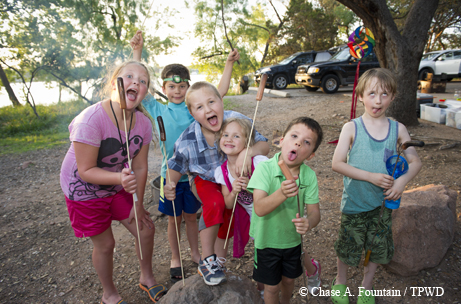

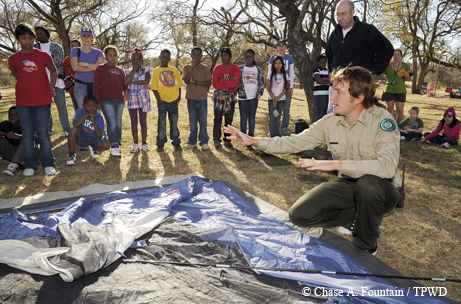
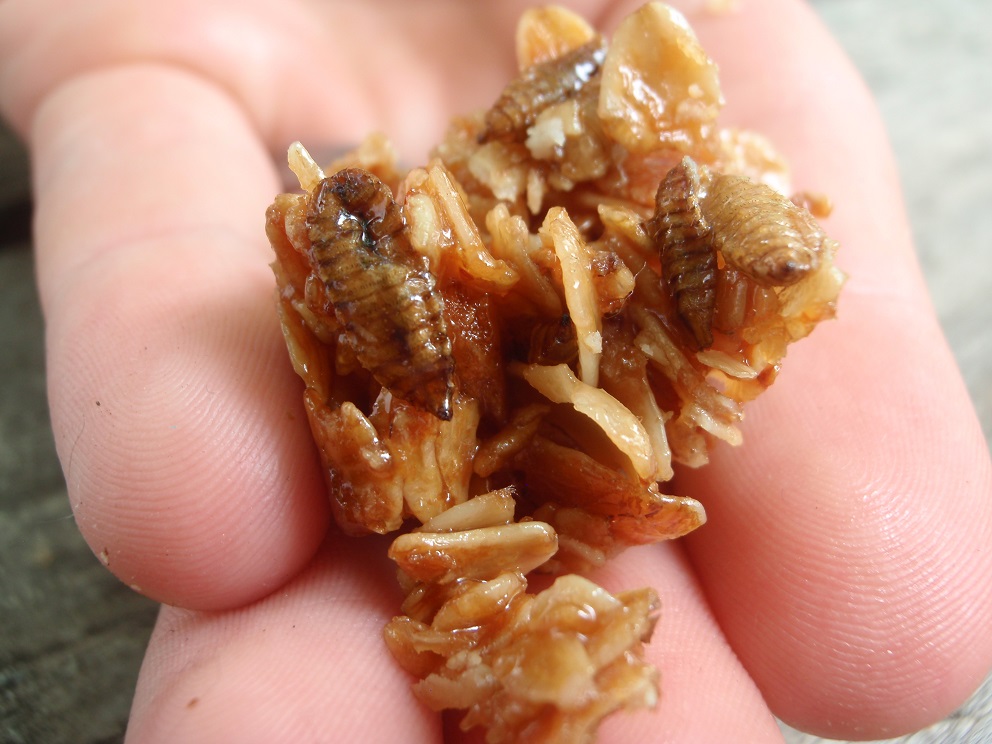
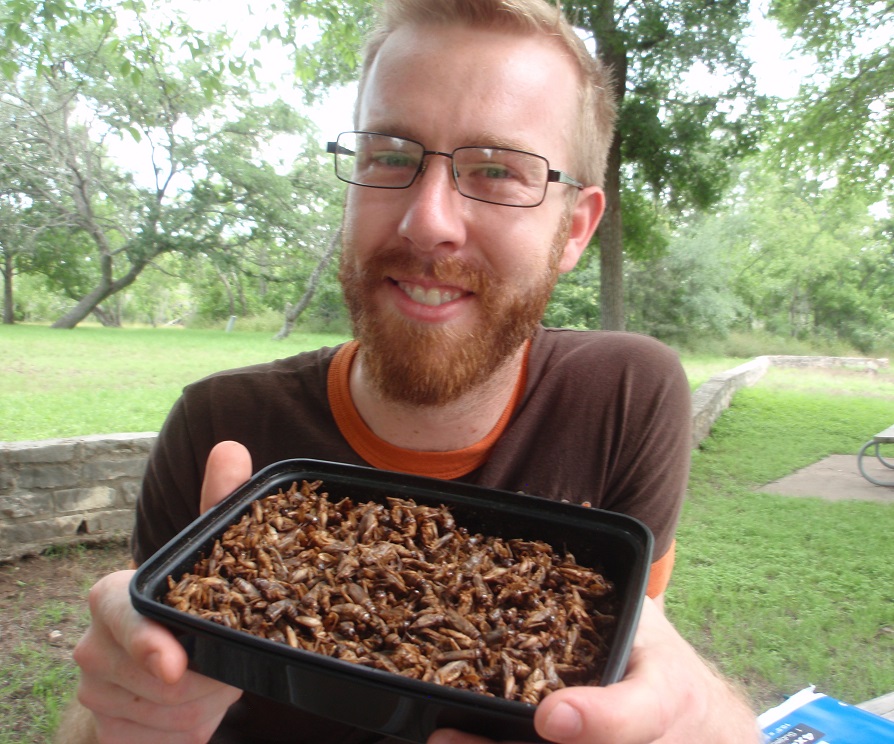
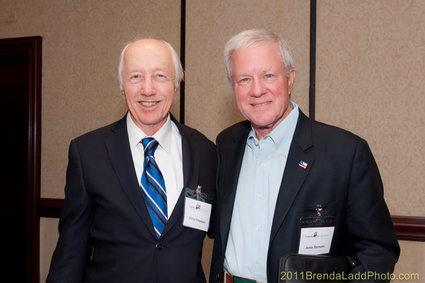

 Passport to Texas is a
Passport to Texas is a  Passport to Texas is made available by:
Passport to Texas is made available by: